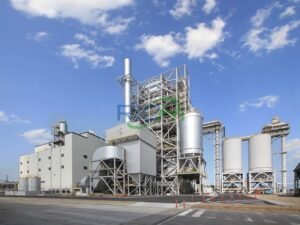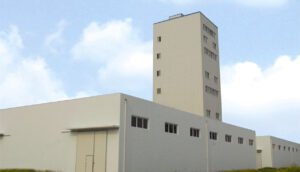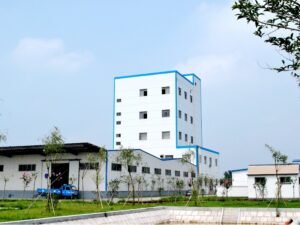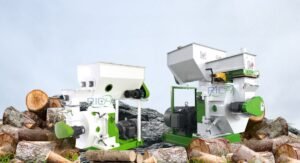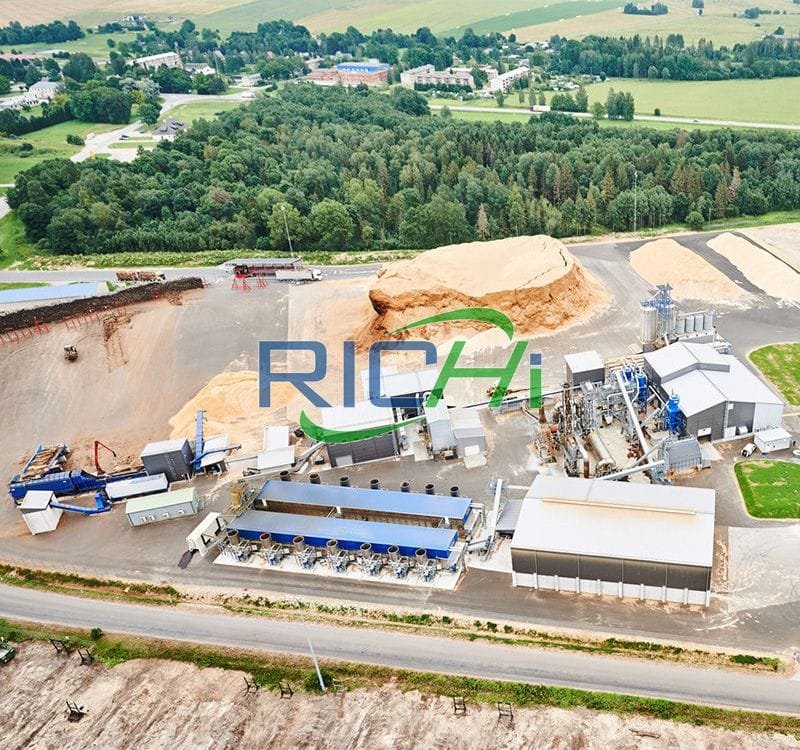
The construction of a wood pellet production line is a complex undertaking that requires careful planning, design, and execution across various disciplines, including civil engineering. Civil engineering plays a crucial role in ensuring the structural integrity, efficient layout, and seamless integration of the production line with the surrounding infrastructure.
When embarking on the construction of a wood pellet production line, civil engineering considerations span from site preparation to the design and construction of buildings, utilities, and material handling systems. Each aspect is meticulously planned and executed to create a safe, efficient, and environmentally compliant production facility.
Site Preparation and Layout
The first step in the civil engineering process for a wood pellet production line is site preparation and layout. This involves:
- Site Selection: Identifying a suitable location that meets the necessary criteria, such as proximity to raw material sources, access to transportation networks, and compliance with zoning regulations.
- Topographical Surveys: Conducting detailed topographical surveys to assess the site’s terrain, soil conditions, and existing infrastructure, which inform the overall layout and design.
- Site Clearing and Grading: Clearing the site of any existing structures, vegetation, or obstacles, and grading the land to create a level surface for construction.
- Layout Design: Developing a comprehensive layout plan that optimizes the placement of various components, such as the production building, raw material storage areas, finished product warehouses, and auxiliary facilities like offices and workshops.
Building Construction
Once the site is prepared, civil engineers oversee the construction of the main production building and auxiliary structures. This includes:
- Foundation Design: Designing and constructing robust foundations capable of supporting the weight and vibrations of the production equipment, while also accounting for local soil conditions and seismic considerations.
- Structural Design: Developing structural plans for the buildings, ensuring they meet all relevant building codes and safety standards, and can withstand environmental factors such as wind loads and temperature fluctuations.
- Material Selection: Specifying appropriate construction materials, such as concrete, steel, or pre-engineered metal buildings, based on factors like durability, fire resistance, and energy efficiency.
- Utility Integration: Incorporating provisions for the integration of utilities, such as electricity, water, natural gas (if required), and waste management systems, into the building designs.
Utilities and Infrastructure
Efficient and reliable utilities and infrastructure are essential for the smooth operation of a wood pellet production line. Civil engineers play a vital role in:
- Utility Connections: Establishing connections to local utility grids or on-site power generation systems, water supply networks, and natural gas pipelines (if applicable).
- Waste Management Systems: Designing and constructing facilities for the treatment and disposal of solid waste, wastewater, and air emissions, ensuring compliance with environmental regulations.
- Stormwater Management: Implementing systems for the collection, treatment, and controlled discharge of stormwater runoff, preventing soil erosion and minimizing the environmental impact.
- Access Roads and Parking: Constructing access roads, loading/unloading areas, and parking facilities to accommodate the movement of raw materials, finished products, and personnel.
Material Handling Systems
Efficient material handling is crucial for the smooth flow of raw materials and finished products throughout the production line. Civil engineers collaborate with mechanical engineers to design and integrate:
- Conveyor Systems: Installing conveyor systems, such as belt conveyors, screw conveyors, or pneumatic conveyors, to transport raw materials and finished pellets between various processing stages.
- Vertical Material Movement: Implementing systems like bucket elevators or pneumatic conveyors for the vertical movement of materials between different levels of the production facility.
- Storage Facilities: Designing and constructing raw material storage areas, silos, and finished product warehouses, ensuring proper ventilation, fire protection, and accessibility for loading and unloading operations.
- Loading and Unloading Areas: Constructing dedicated areas for the safe and efficient loading and unloading of raw materials and finished products, considering factors like truck maneuvering space and weight-bearing capacities.
Environmental Compliance and Sustainability
Environmental compliance and sustainability are paramount considerations in the construction of a wood pellet production line. Civil engineers play a crucial role in:
- Environmental Impact Assessments: Conducting comprehensive environmental impact assessments to identify potential risks and develop mitigation strategies for air emissions, water pollution, noise pollution, and waste management.
- Stormwater Management: Implementing sustainable stormwater management practices, such as permeable pavements, retention ponds, or rain gardens, to minimize the impact on local water bodies.
- Energy Efficiency: Incorporating energy-efficient design principles, such as optimized building orientation, insulation, and natural lighting, to reduce the facility’s overall energy consumption.
- Renewable Energy Integration: Exploring opportunities for integrating renewable energy sources, such as solar panels or wind turbines, to offset the production line’s energy demands and reduce its carbon footprint.
Throughout the civil engineering process, close collaboration with other disciplines, such as mechanical, electrical, and environmental engineers, is essential to ensure the seamless integration of all components and systems within the wood pellet production line. Regular inspections, quality control measures, and adherence to industry standards and regulations are paramount to ensuring the safety, efficiency, and long-term sustainability of the production facility.By carefully considering and addressing the civil engineering aspects, stakeholders in the wood pellet production industry can create facilities that not only meet their operational needs but also contribute to a more sustainable and environmentally responsible future.
Related post: https://www.richipelletmachine.com/wood-pellet-plant/



